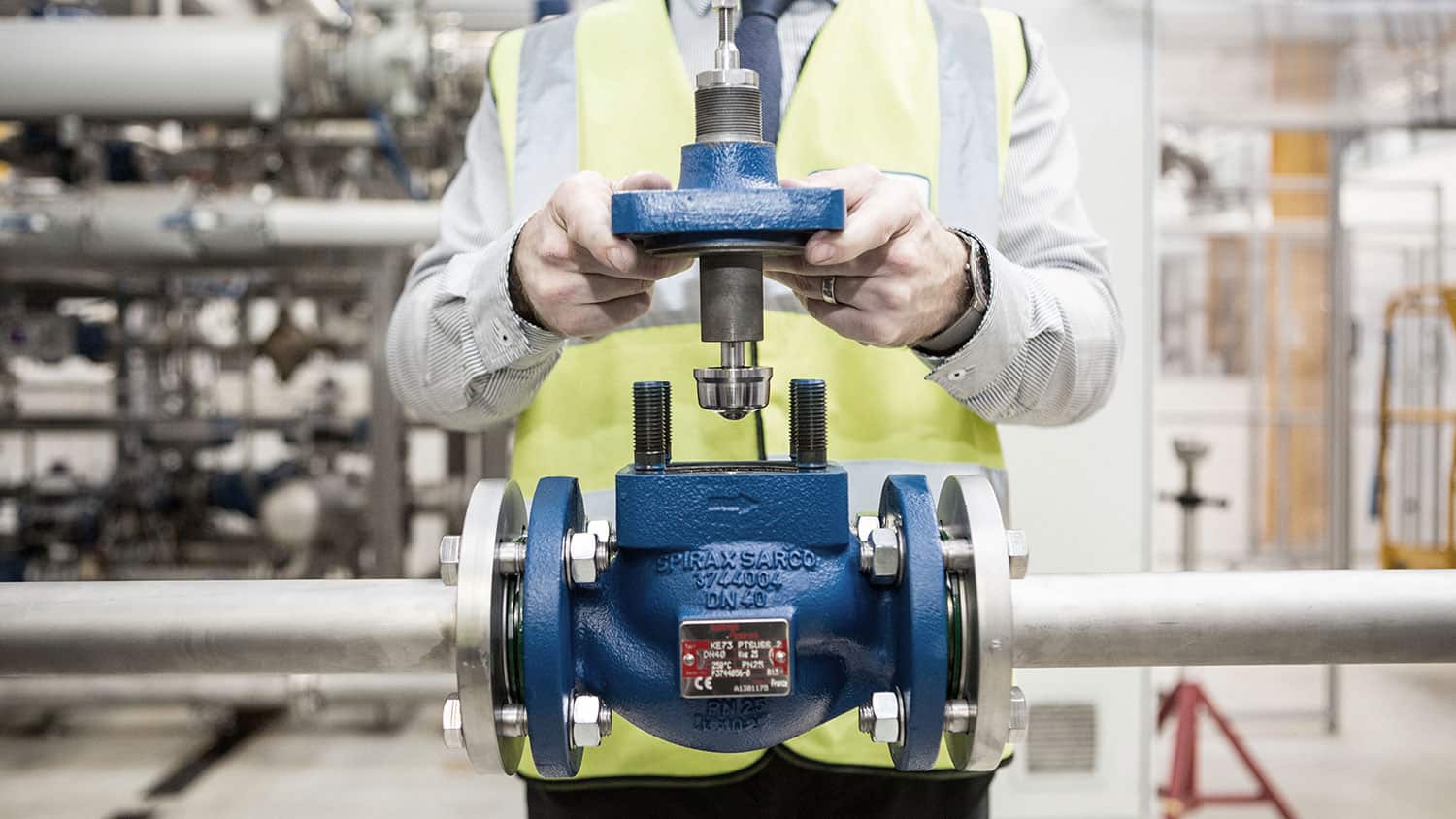Enhancing Operational Efficiency with Advanced Control Valves
Enhancing Operational Efficiency with Advanced Control Valves
Blog Article
Enhance Performance With Top-Quality Structure Automation Controls Consisting Of Controllers
In the world of modern-day structure monitoring, the implementation of high-quality building automation controls, consisting of innovative controllers, has ended up being an essential facet in streamlining operations and optimizing performance. As structures proceed to advance into smarter, more interconnected entities, the role of automation controls and controllers has actually never ever been more vital.
Benefits of Structure Automation Controls
When carried out successfully, building automation controls supply a myriad of advantages to improve operational performance and enhance resource utilization. Among the main advantages is the capacity to control and monitor numerous building systems such as HVAC, lights, safety, and much more from a centralized system. This centralized control enables far better sychronisation and synchronization of various systems, resulting in improved power efficiency and reduced functional costs.
In addition, constructing automation controls supply real-time information and analytics, enabling center supervisors to make educated decisions immediately. By having access to extensive insights right into energy intake, equipment performance, and passenger behavior, companies can determine locations for improvement and apply methods to improve total building efficiency.
Furthermore, automation controls help in anticipating maintenance by finding potential concerns before they escalate into expensive troubles. This proactive method not just prolongs the lifespan of devices yet also decreases downtime, making sure nonstop operations - control valves. Generally, the advantages of building automation controls are crucial in enhancing procedures, boosting performance, and producing a more lasting and comfortable setting for passengers
Key Functions of Controllers
Reliable structure automation controls are characterized by a series of key functions that allow systematized monitoring and optimization of numerous building systems. Controllers play a crucial duty in this process by functioning as the mind of the automation system. One crucial attribute of controllers is their ability to collect data from sensors dispersed throughout the structure. This data is then utilized to make real-time changes to home heating, ventilation, a/c, lights, and various other systems to make sure ideal performance and energy effectiveness.
In addition, controllers use the flexibility of shows routines for different structure systems based on occupancy patterns, aiding to decrease energy wastage throughout off-peak hours. Additionally, the remote availability attribute of controllers enables center managers to check and manage developing systems from anywhere, boosting ease and responsiveness.
Moreover, advanced controllers often come outfitted with anticipating upkeep capacities, making it possible for positive recognition of prospective issues prior to they intensify, thereby lowering downtime and maintenance prices (control valves). In general, the key attributes of controllers contribute in streamlining building procedures, improving comfort, and optimizing energy savings
Assimilation With Iot Modern Technology
Structure automation controls, particularly controllers with their advanced features, effortlessly integrate with IoT modern technology to transform structure management procedures. IoT innovation makes it possible for these controllers to collect and evaluate information from numerous building systems in real-time, using unprecedented understandings right into energy usage, system performance, and passenger habits. By leveraging IoT connection, constructing automation controls can optimize energy performance, enhance passenger convenience, and ensure positive upkeep.
The combination of building automation manages with IoT modern technology enables centralized tracking and control of varied structure systems remotely. This connectivity allows building managers to readjust settings, schedule operations, and receive signals on their computers or smartphones, improving operational performance and decreasing upkeep expenses. In addition, IoT assimilation facilitates data-driven decision-making by offering actionable intelligence based on trends and patterns determined through continuous tracking.
Power Effectiveness Solutions

Structure automation controls, including energy monitoring systems and programmable controllers, are crucial components of energy performance remedies. These systems make it possible for real-time surveillance of energy usage, recognition of ineffectiveness, and implementation of find more information computerized modifications to maximize power performance (control valves). By integrating building automation regulates with energy-efficient devices and innovations, facilities can boost functional performance, improve resident comfort, and add to a greener environment

Enhancing Structure Safety
With a concentrate on optimizing operational facets beyond power efficiency solutions, the next critical element to deal with in structure monitoring is the improvement of safety procedures. Structure automation controls play a critical duty in reinforcing protection by incorporating different systems such as gain access to control, surveillance cams, and intrusion discovery. These controls not only enhance protection procedures however likewise provide real-time tracking and signals, enabling punctual feedbacks to possible dangers.
Final Thought
In verdict, building automation controls, especially controllers, supply many benefits such as improved performance, assimilation with IoT technology, energy effectiveness remedies, and enhanced security actions. By utilizing top-notch structure automation controls, buildings can operate a lot more properly and sustainably, causing cost savings and enhanced overall performance. Purchasing these my website innovative technologies can dramatically boost the operational efficiency of structures and add to a much more lasting future.
In the world of modern building management, the application of top-quality structure automation controls, including advanced controllers, has come to be a pivotal facet in making best use of and streamlining operations performance.Reliable Visit This Link structure automation controls are characterized by a range of vital attributes that allow systematized management and optimization of different structure systems.Structure automation controls, especially controllers with their advanced attributes, seamlessly integrate with IoT technology to revolutionize structure administration procedures.The integration of structure automation regulates with IoT innovation enables for centralized monitoring and control of varied structure systems remotely. By utilizing top-quality structure automation controls, buildings can operate more efficiently and sustainably, leading to cost financial savings and enhanced overall performance.
Report this page